|
The Marine helicopter purchase program is an example of how military procurement works and why this situation had to be avoided at all costs. In 1993 the Canadian government canceled the purchase of 50 EH 101's to replace the 1950's era Sea King helicopters, in 2004 the helicopters chosen were the CH 148 Cyclone and will enter service it is hoped in 2011. |
A funny thing happened on the way to Kandahar.
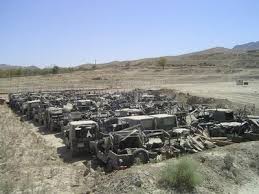 |
Iltis Graveyard in Kabul, 2004
Canada had an army that was not going to be able to do the jobs required of it. |
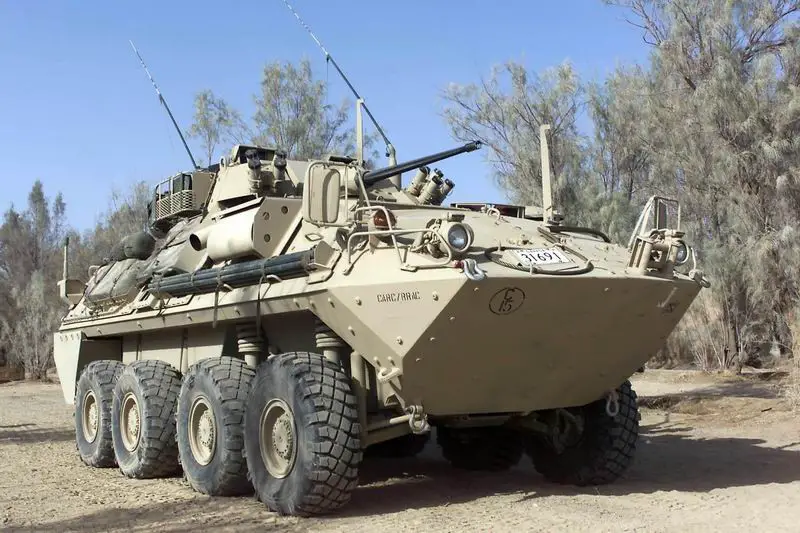 |
| Coyote Recce Vehicle (LAV 25), Kandahar 2002 |
Unless something changed people would be wounded, injured, die and the mission would fail.
 |
| MLVW (Slow old and dependable) |
Clearly Canadian leadership was needed.
 |
| Light Support Truck (much hated by the troops) |
Politics had to get out of the game of military procurement and let those who know best help protect our soldiers, sailors and air crew.
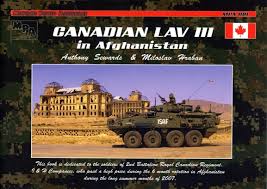 |
| LAV 3 in Kabul |
The system was broken.
 |
| Combined force the beginning (move from Kabul to Kandahar 2005) |
The Canadian mission in Afghanistan moved from Kabul to Kandahar and to the adoption of a more forward mandate. The concept of diplomacy, defence and development meant that troops would not be stuck inside the luxurious base like Camp Julien in Kabul they would be moving, adaptive and living side by side with the afghan people and the Afghan forces.
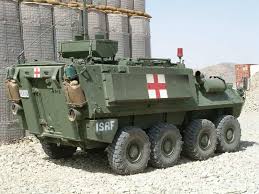 |
| Bison Ambulance (not crosses are shown and no weaponry.. that was about to change) |
The dangers were to be intense and the chance of death during the mission highly likely.
The Canadian Forces have been enthusiastic supporters of the Light Armoured Vehicle (LAV), also called the Stryker in the US. It was used in a variety of roles and with the new Mercedes G wagen it was felt that the troops would be adequately protected.
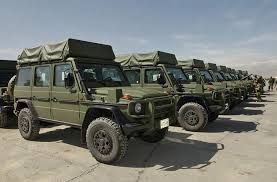 |
| G wagens purchased for the mission in Kabul would soon be the focus in Kandahar, 2004 |
The combat that occurred in the Panjawai area in 2006 soon made people realize what a great tool the LAV 3 was going to be. Later the enemy increased the size of the IED's and soldiers began to die.
 |
| LAV 3 with ANA helicopter support |
Now the Leo's were sent in.
 |
| Leopard Tank |
A small fore like the Canadians soon found itself with a mixed bag of equipment, Nyala's (left over from Bosnia), modern LAV 3, Coyote and Bison LAV based on the (Marine Corp LAV 25), G wagen's and the venerable Leo. As the Taliban and al Queda's Afghan allies the reated bigger bombs and IED's the Canadians had to adapt their tactics.
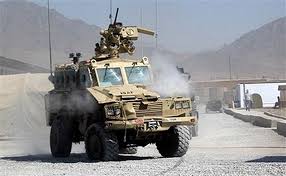 |
| Nyala after an IED stirke driving onto the base |
Soon the G wagen as a light vehicle and lightly armoured was sent off the playing field. More Nyala's were purchased and although their IED protection was good the anti armour protection was lacking (like a recoil less rifle) they also had issues with their weight on travelling off road. Another South African designed Logistic vehicle was purchased and by all reports has been a good success to help move material on the dangerous roads.
 |
| Logistic Vehicle |
The Leo's already were old and some destined for museums when the call came to go to war and were beginning to show their wear and tear. Canada looked to other allies for options and the Dutch and Germans helped with some Leo 2 A6 that had been in storage and sent them to the war.
 |
Leo 2 A6 argualblly the best tank in the world
Even old M113's were taken out of storage and modified and sent to the battlefield. |
 |
M113
As the roads became more and more dangerous a heavy lift helicopter was soon required and the option to use some old USMC Chinooks soon fell into General Hillier's lap. He took the USMC up on the offer and rushed the Canadian pilots and maintenance crews to the US for training. In the meantime a Ukrainian company offered older Soviet helicopters to help provide logistics and other support. |
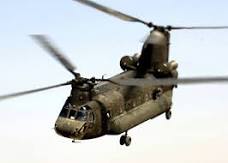 |
| USMC Chinook now a Canadian |
Canada needed a heavy lift vehicle to get this arms and equipment and personnel to the war and soon found the option of a fast track purchase of the CF 17 (Globemaster) a great option. The old Hercs were getting tired and the long travel times and high mission levels were beginning to show.
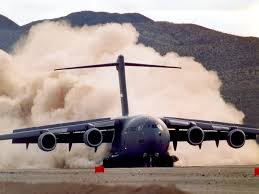 |
| Globemaster |
The cracks in the Canadian Forces were showing due to age and political neglect but these new purchases now allowed Canadian troops to be protected, supplied and airlifted into combat by fellow Canadians.
No reports, no government findings no decades long procurement process.
The Forces changed literally overnight.
All this purchasing, protecting and mission projection occurred from 2006 to 2009.
Canada had perfected the art of a small force with combined arms in 3 years. We had a combined force experience in combat in one of the most in hospitable places on earth and new tacitcs and procedures were being written on the fly. Light tracked vehicles fought side by side with trucks and tanks... LAV's fought with Afghan Ford ranger pick up trucks.
 |
| Afghan National Army and their Ford rangers |
The Canadian Forces completely transformed itself from a country that had to relie on our allies for transportation, protection and equipping.... to what we are today.
Other countries now look to Canada as an example of what can happen when politics gets out of the life and death struggle of war.
 |
Combined force part 2 |
A small force that can go any where in the globe with its own planes, helicopters, tanks, armoured vehicles (both tracked and wheeled), soldiers, sailors and aircrew that can do the job anywhere.
It did this by mistake and necessity... the truly Canadian way.








Thanks, Nice one. I'll really appreciate your work. Always waiting for your new story. At last, I would like to share some useful links.
ReplyDeleteAir Ambulance Services in Kabul